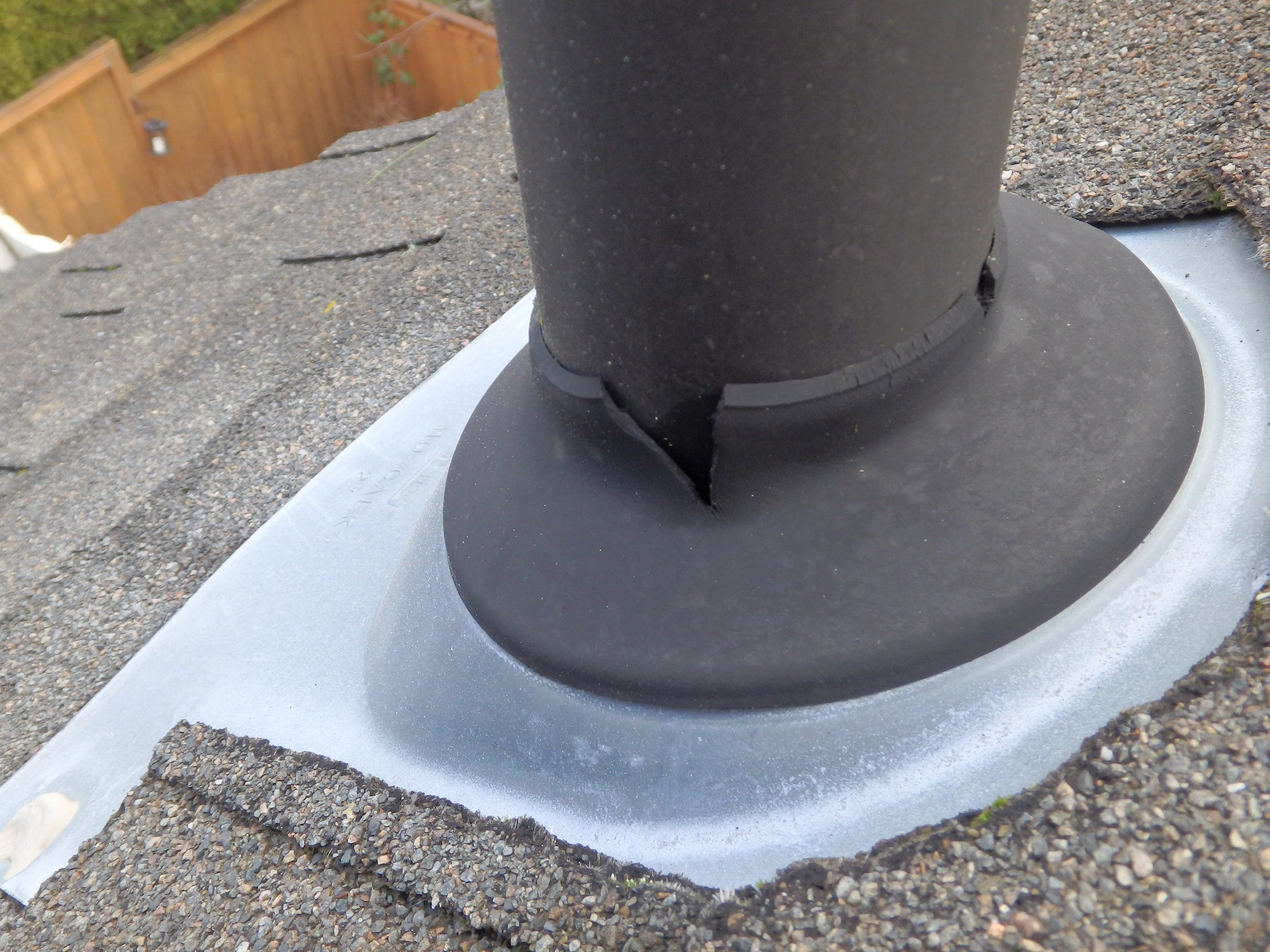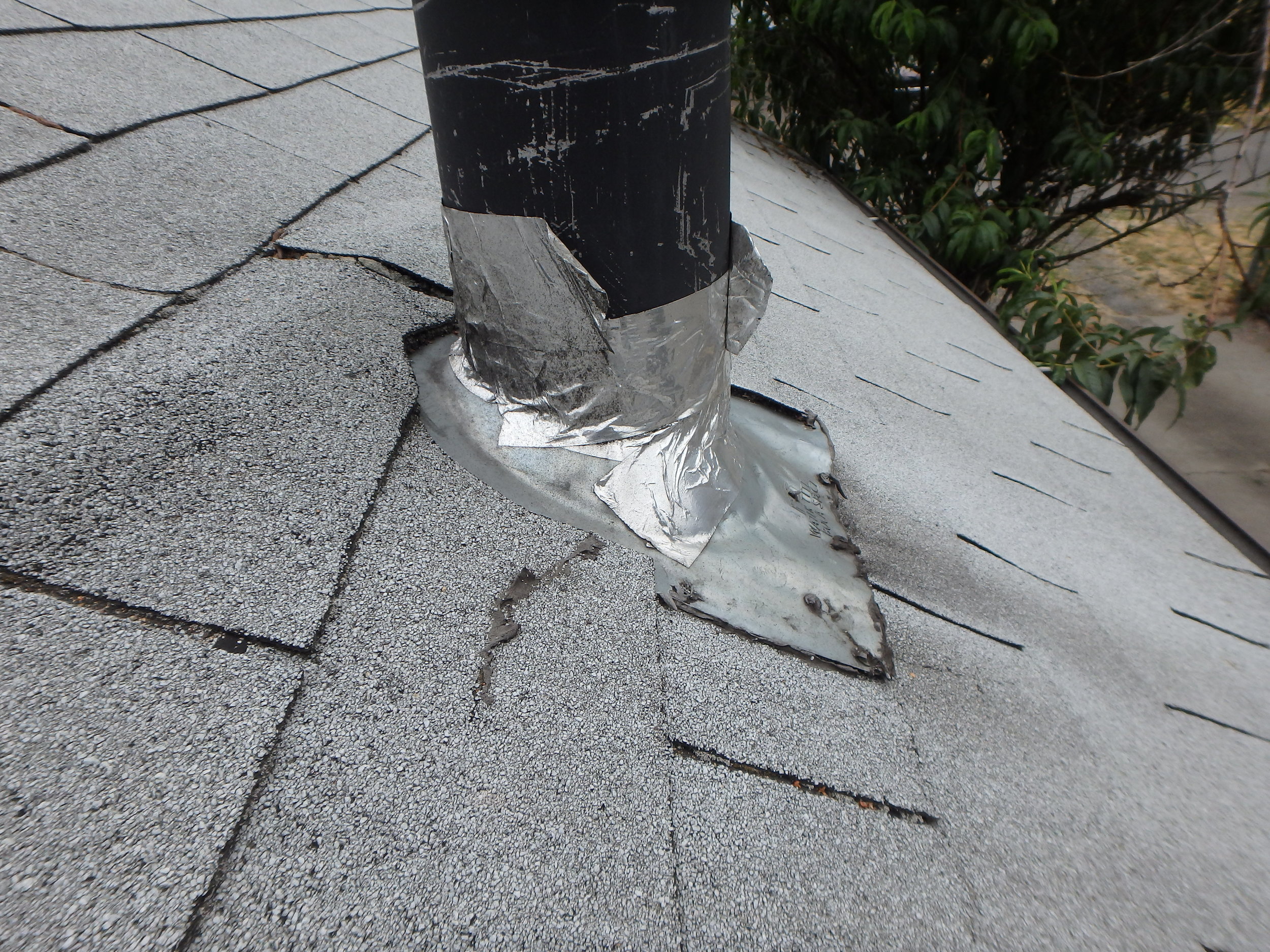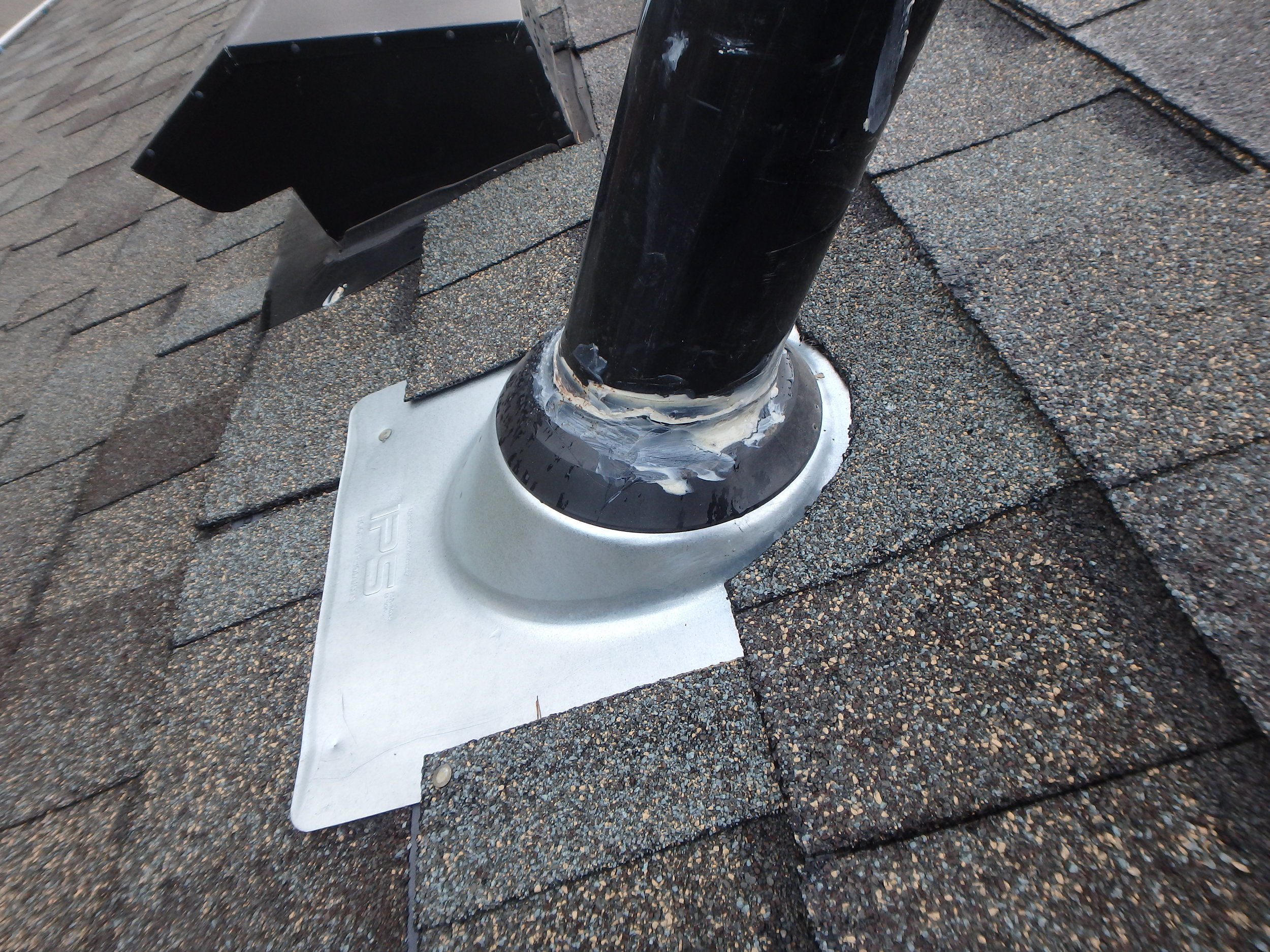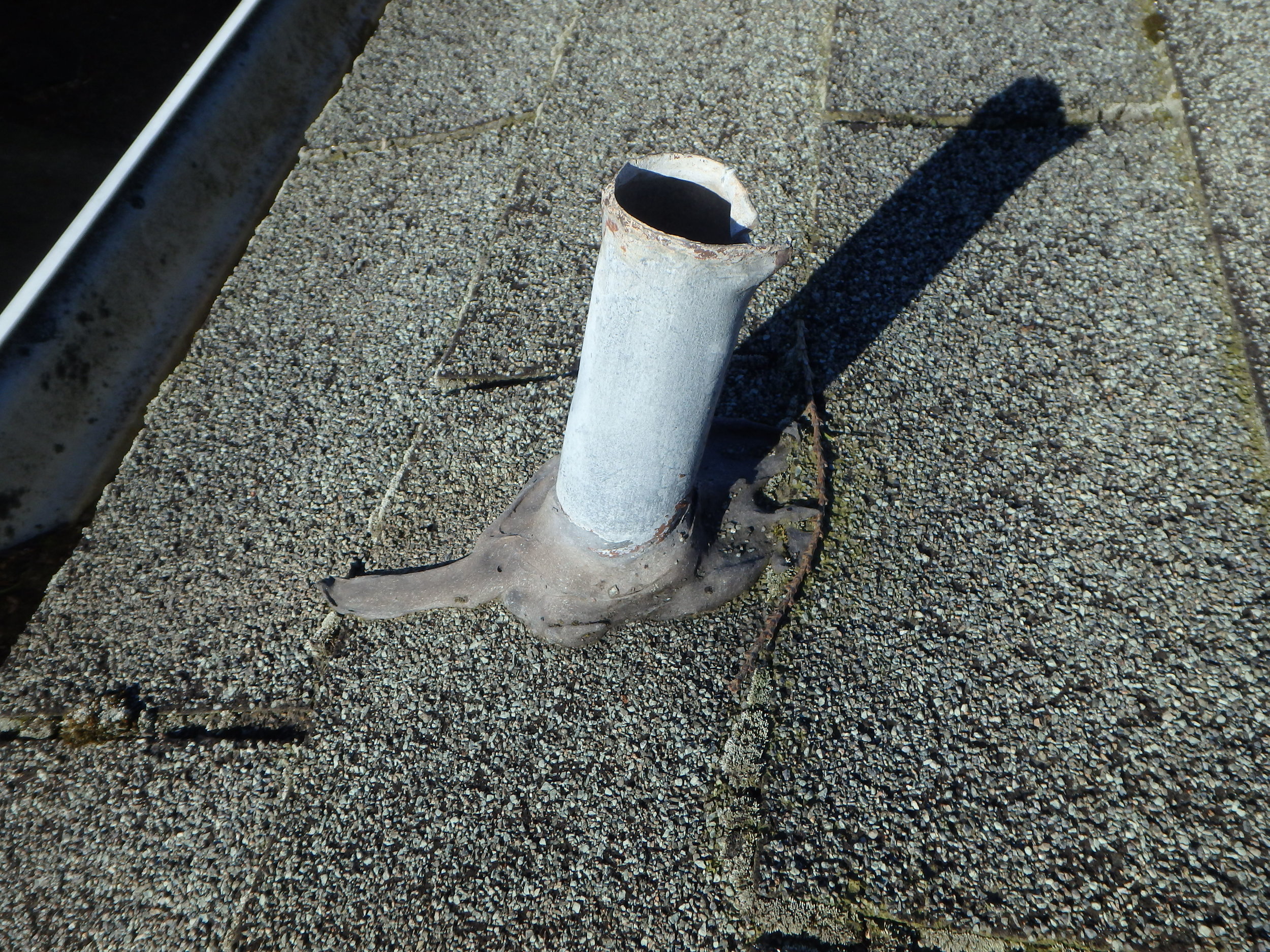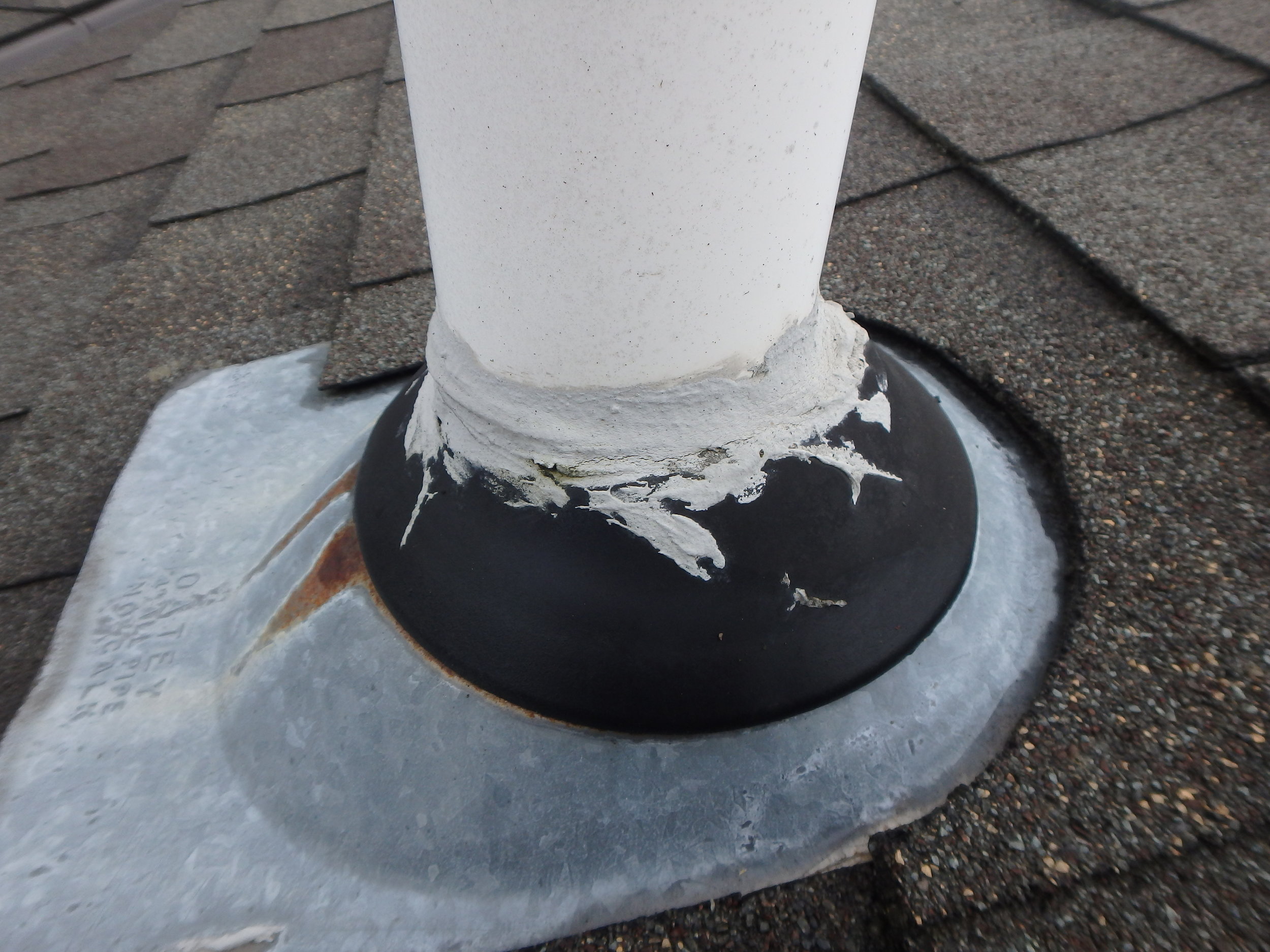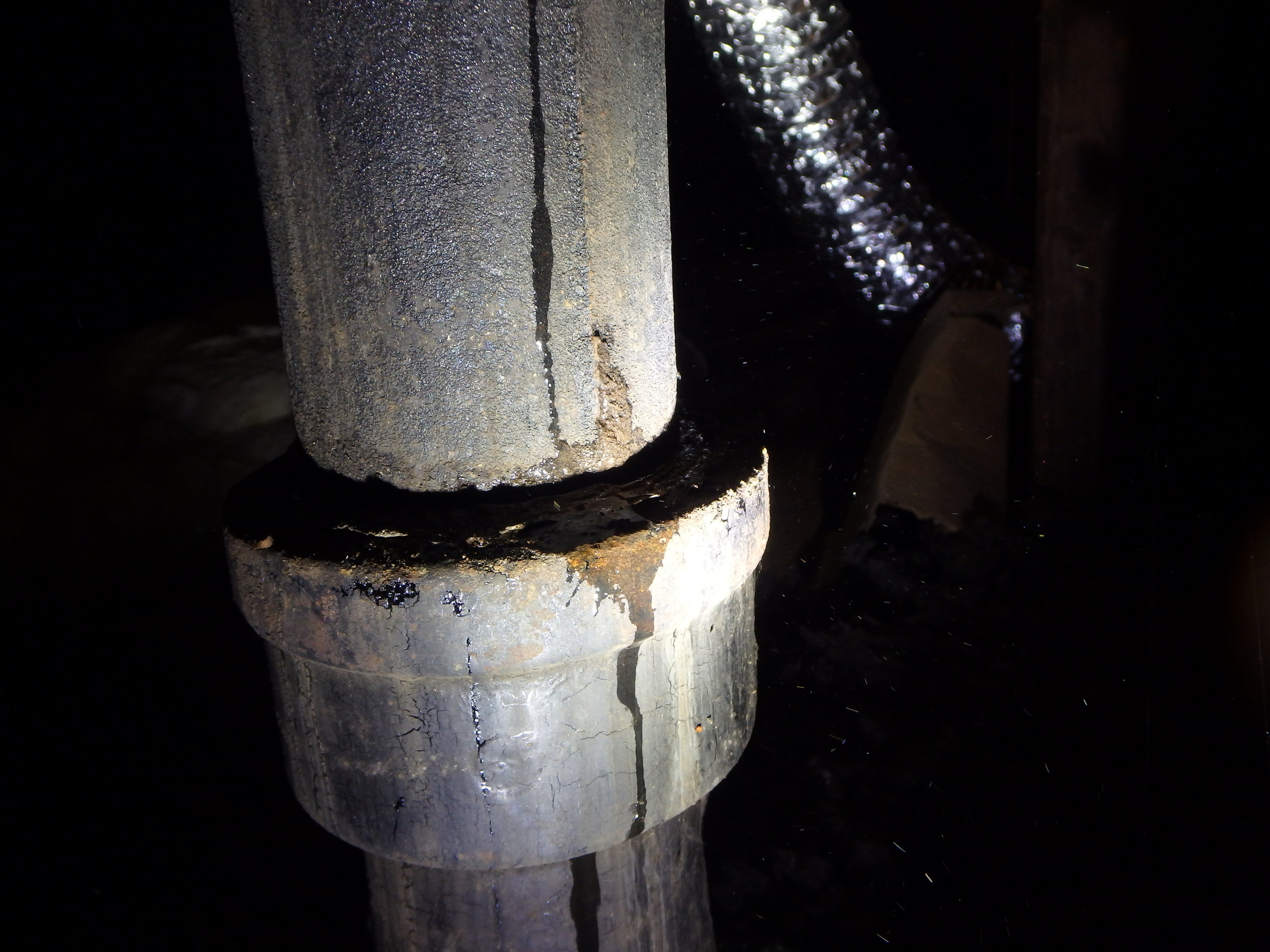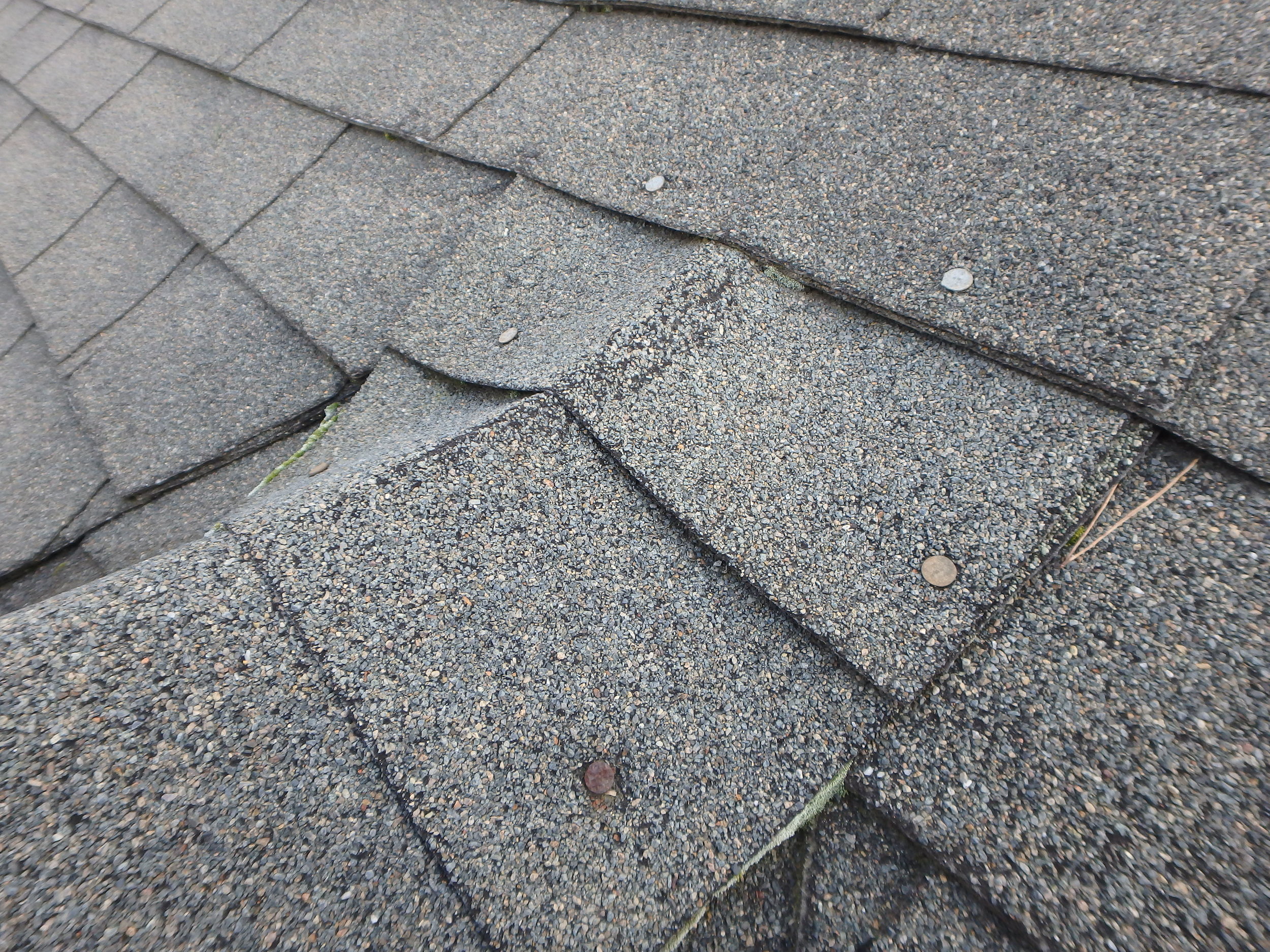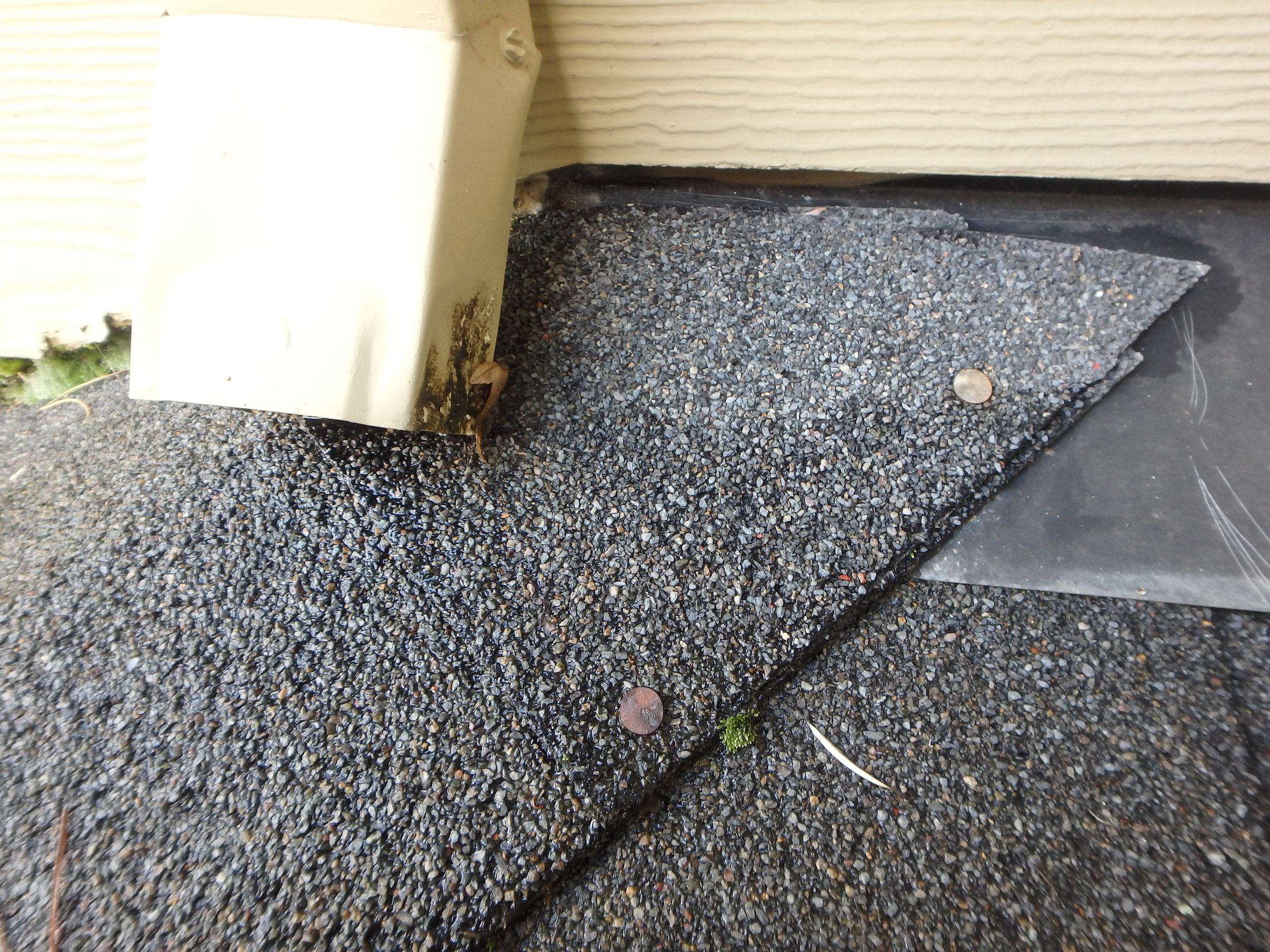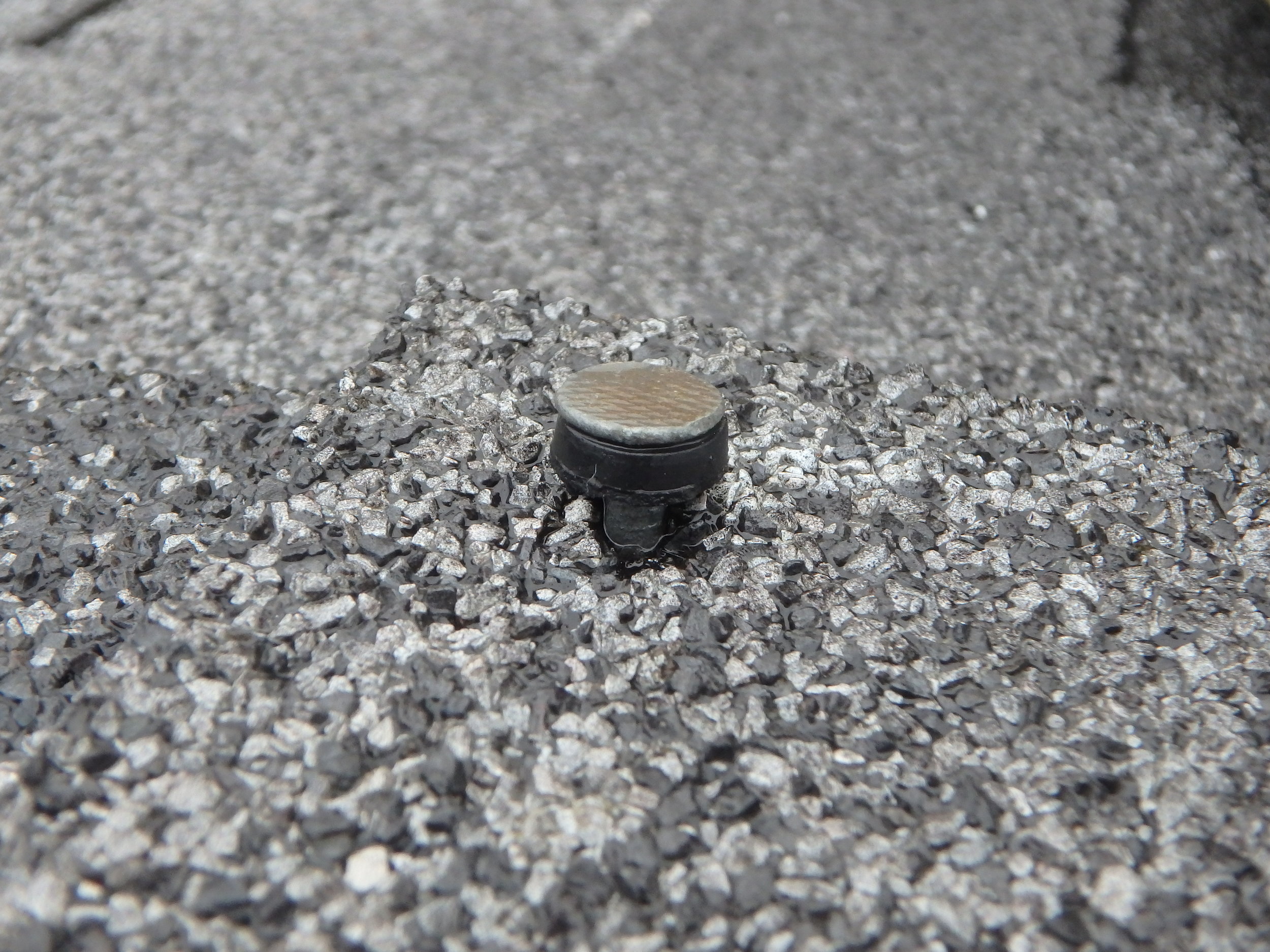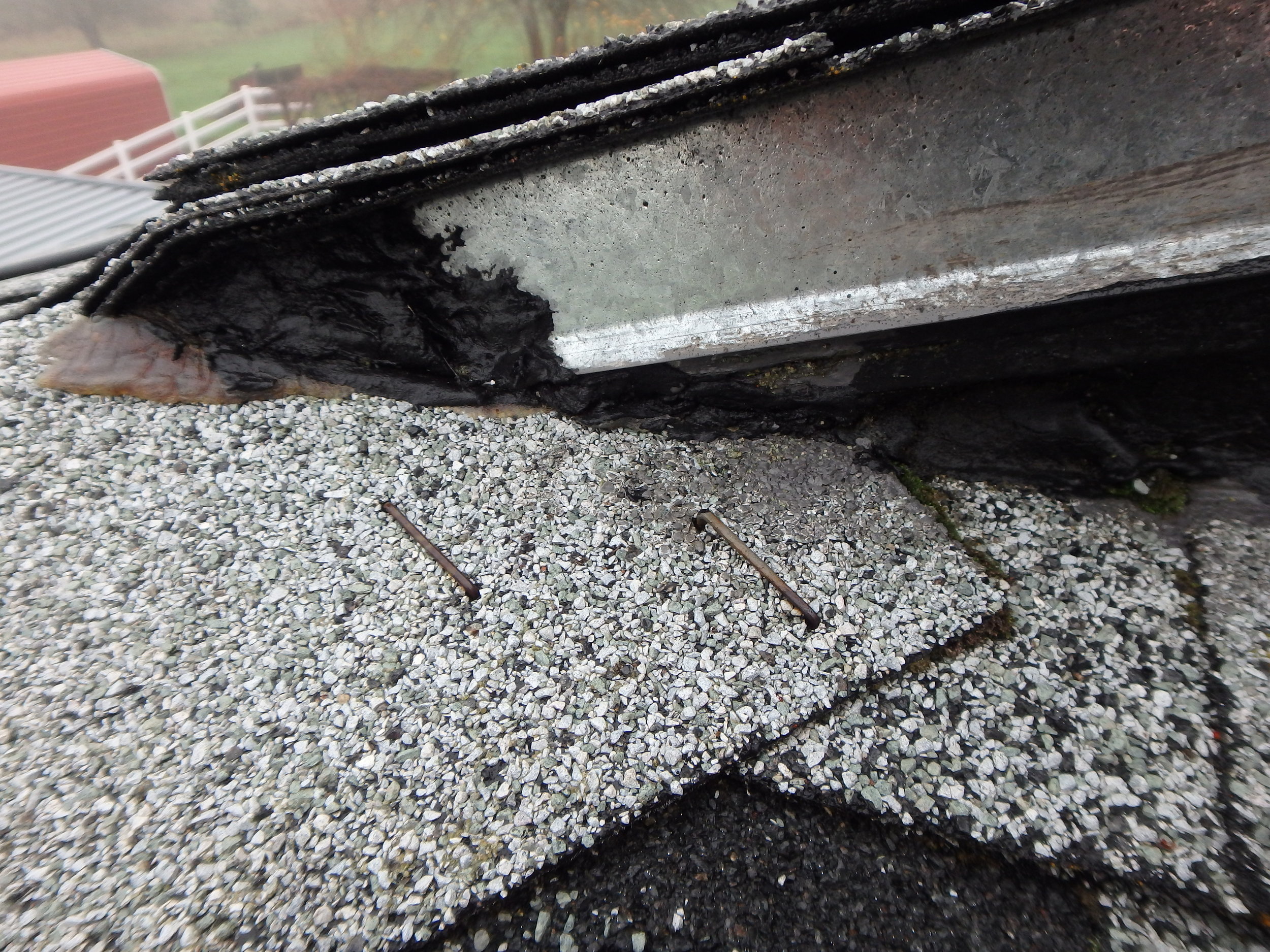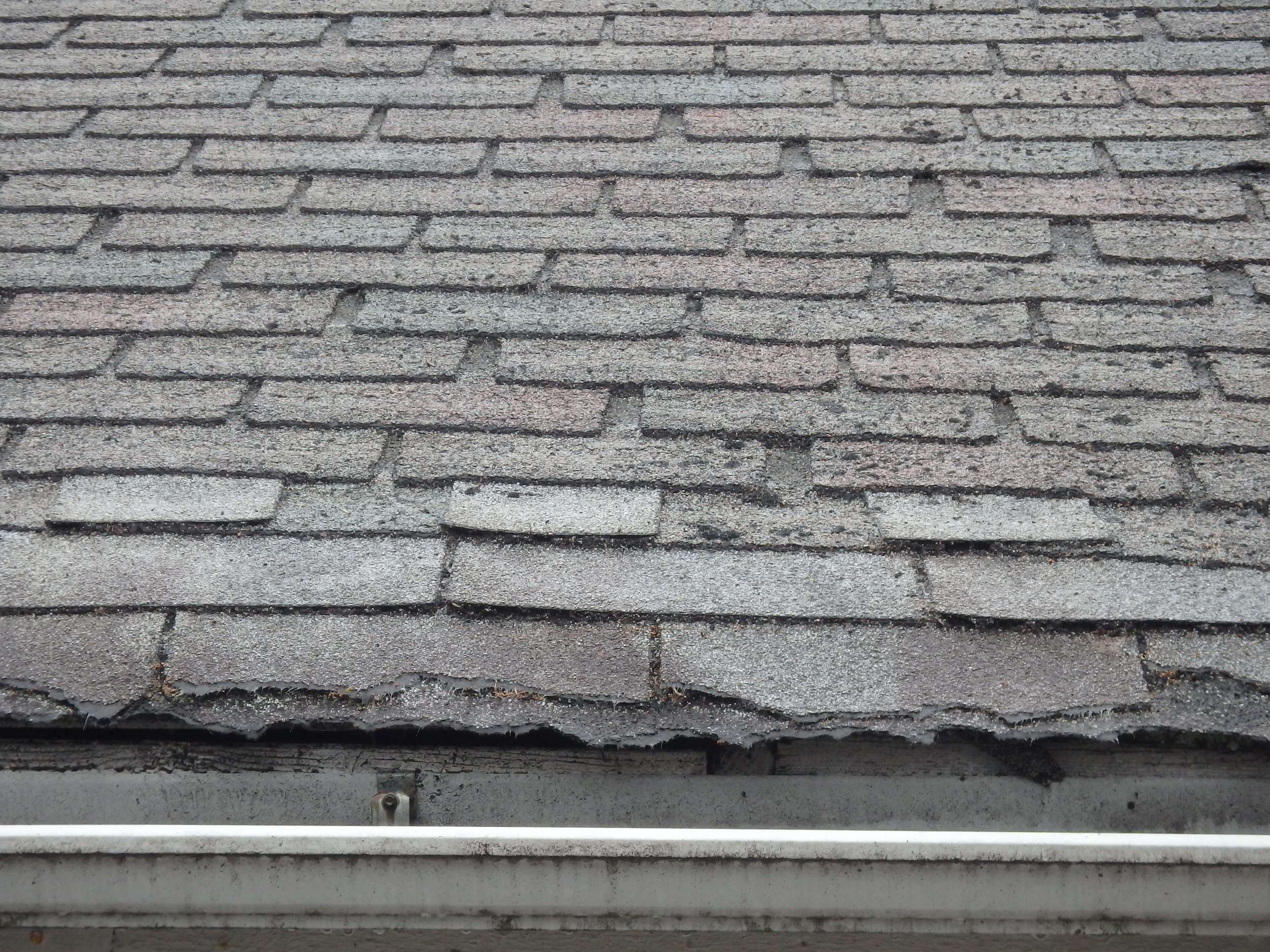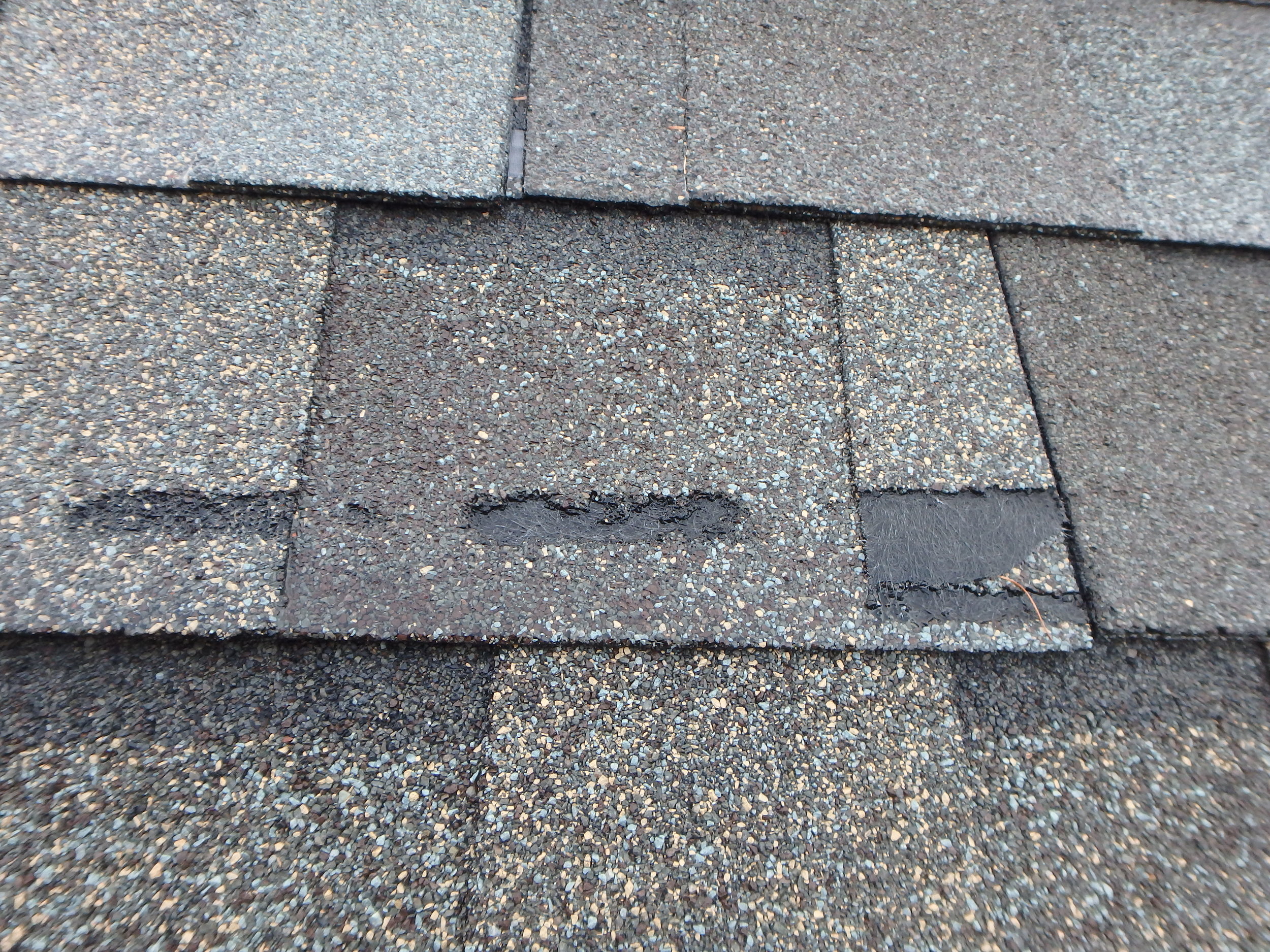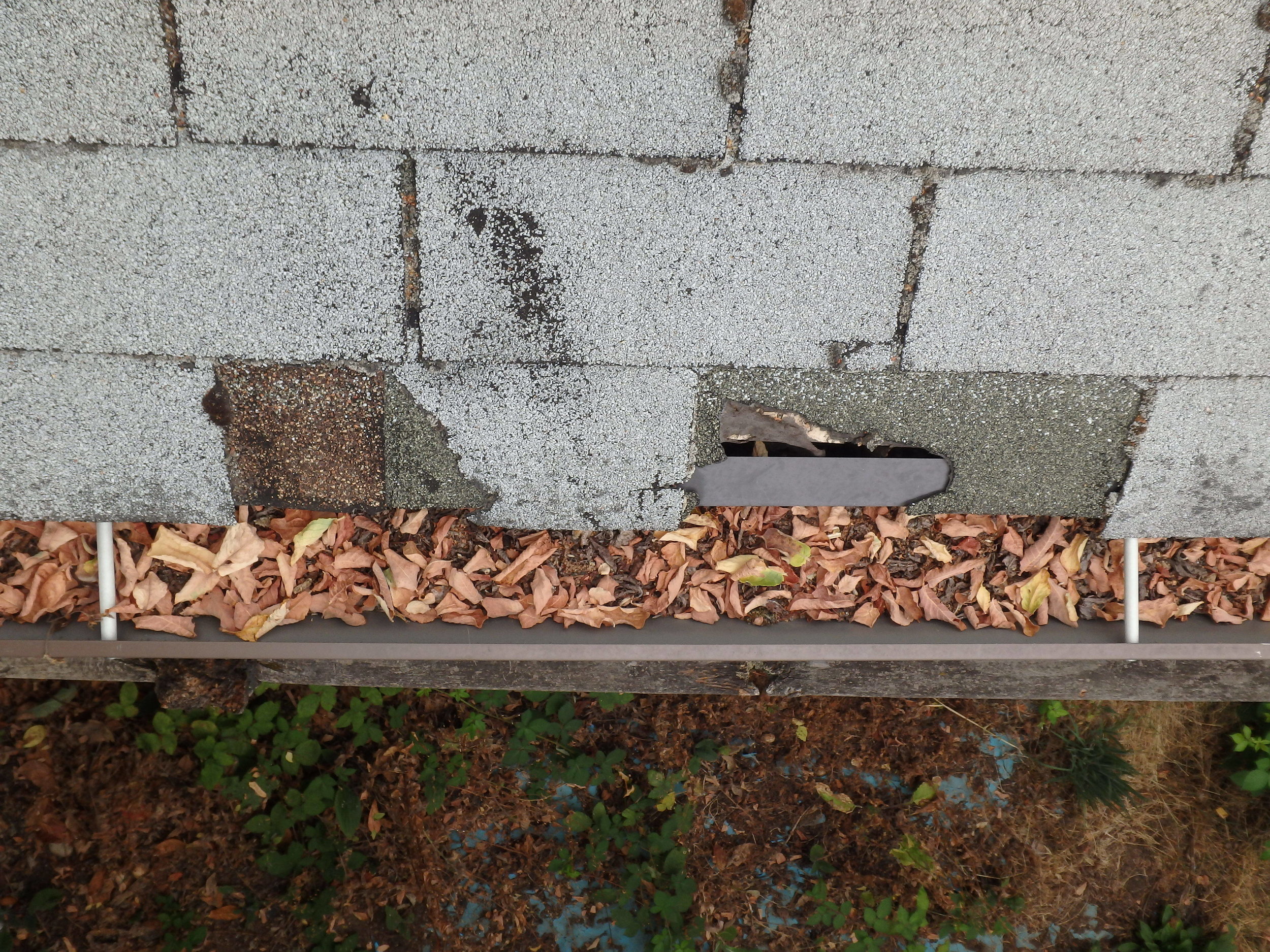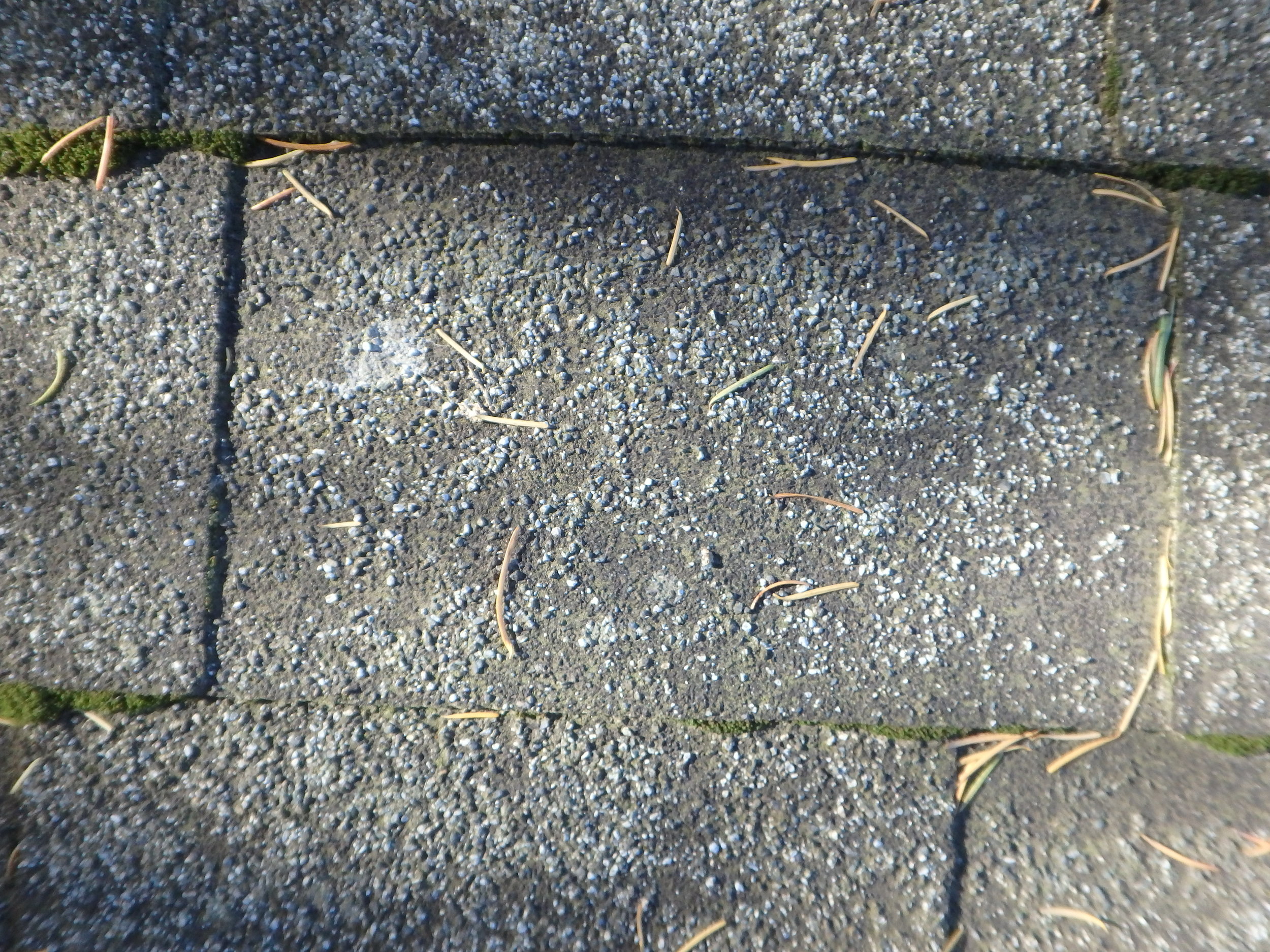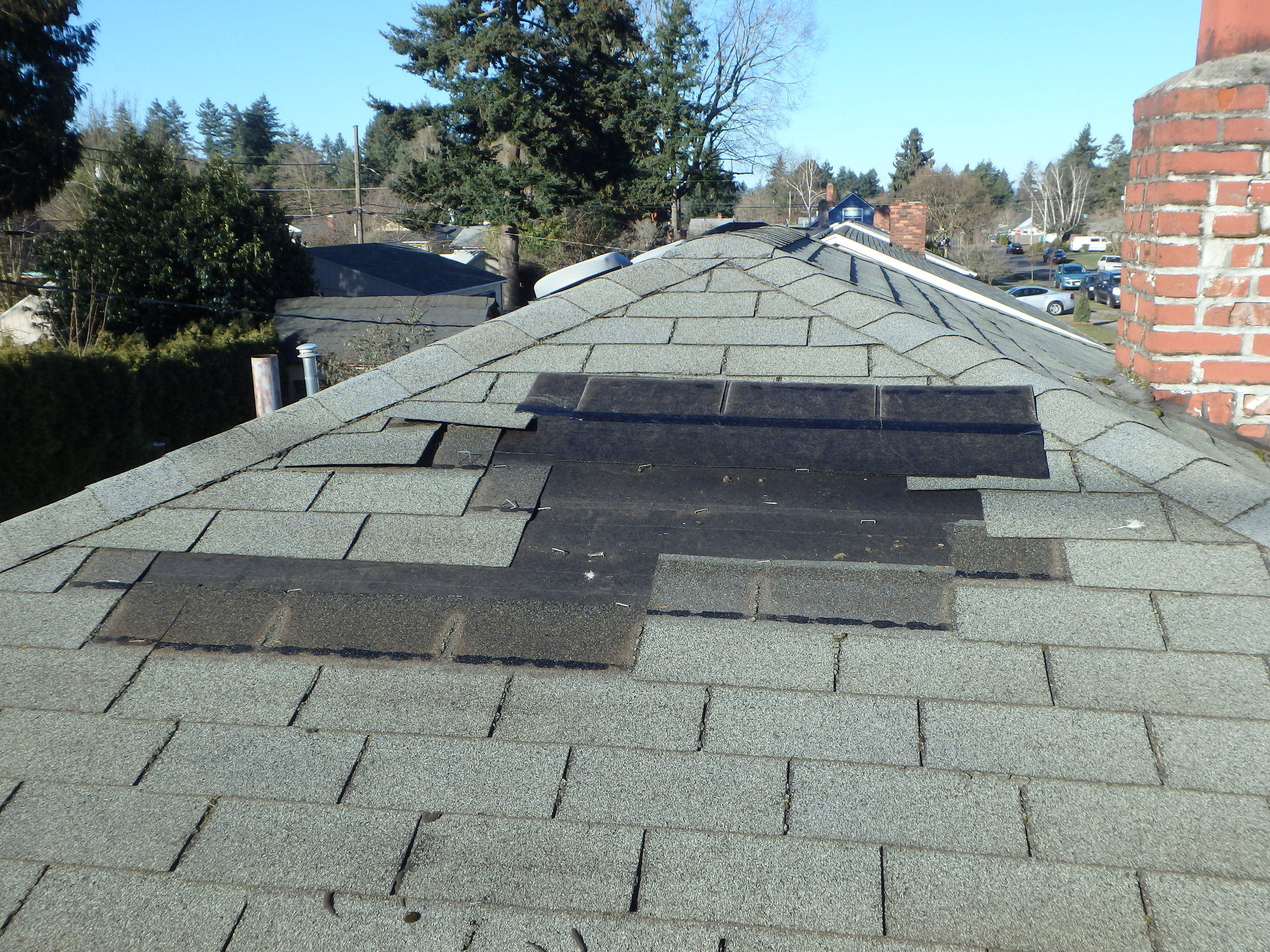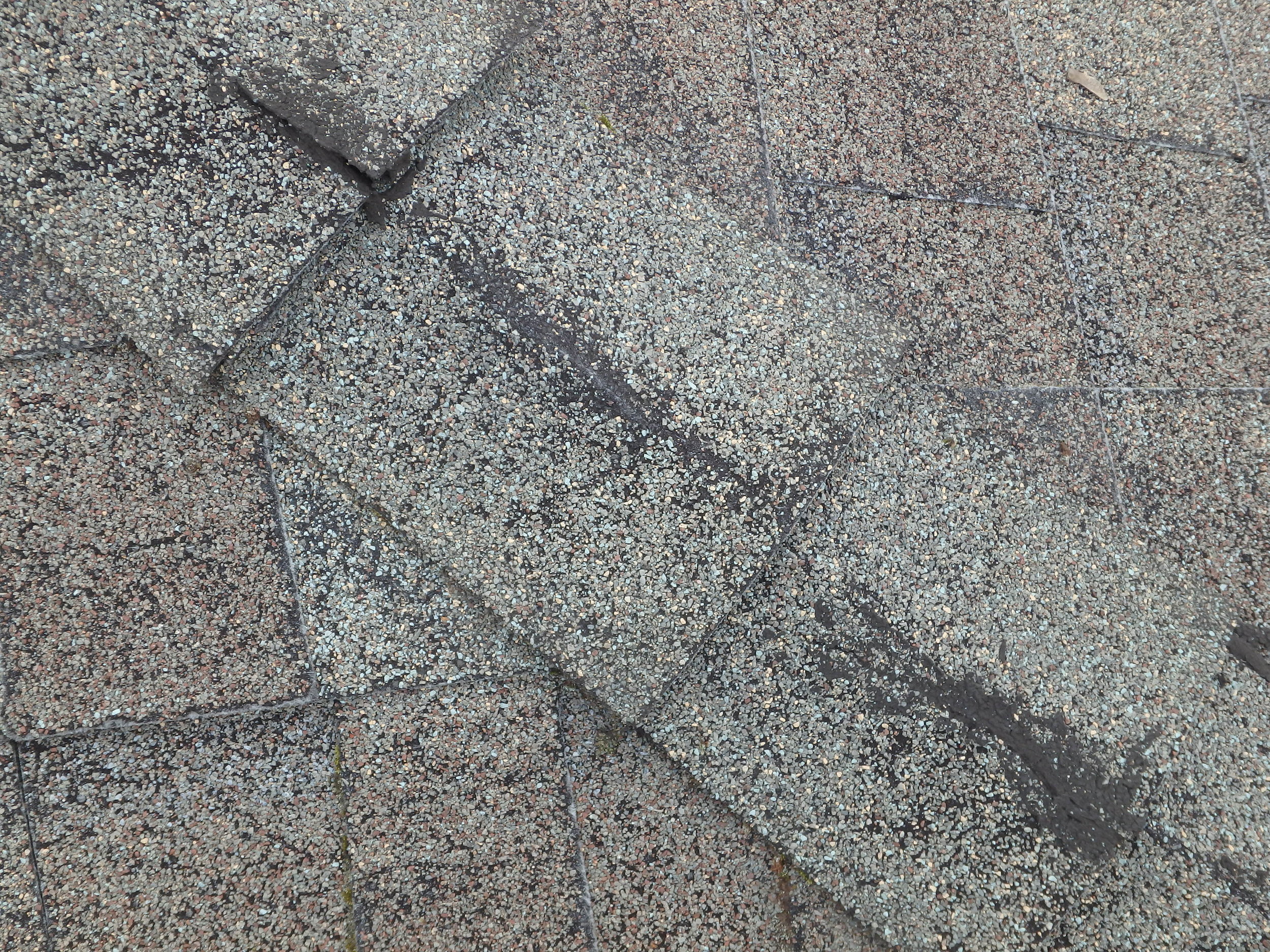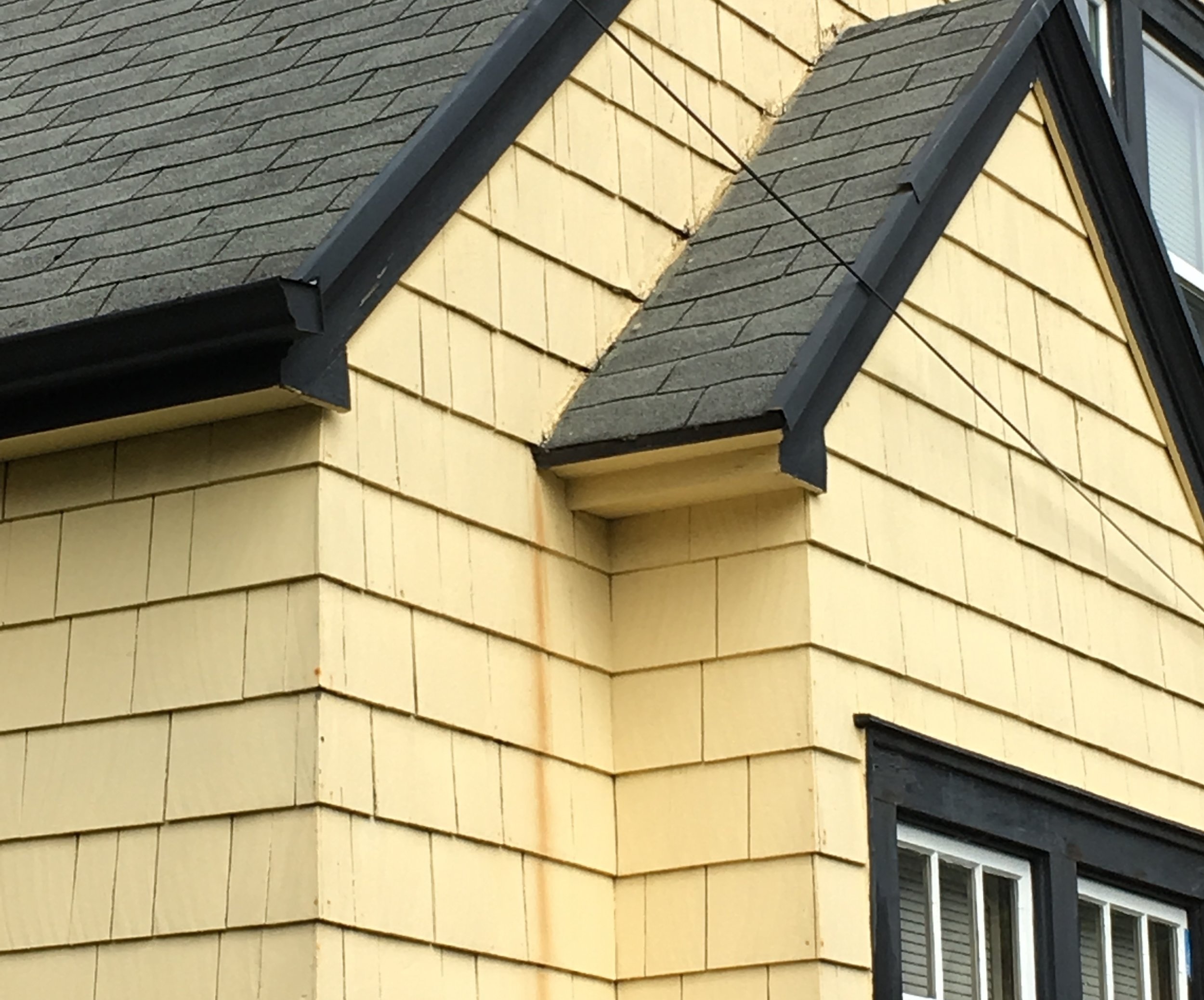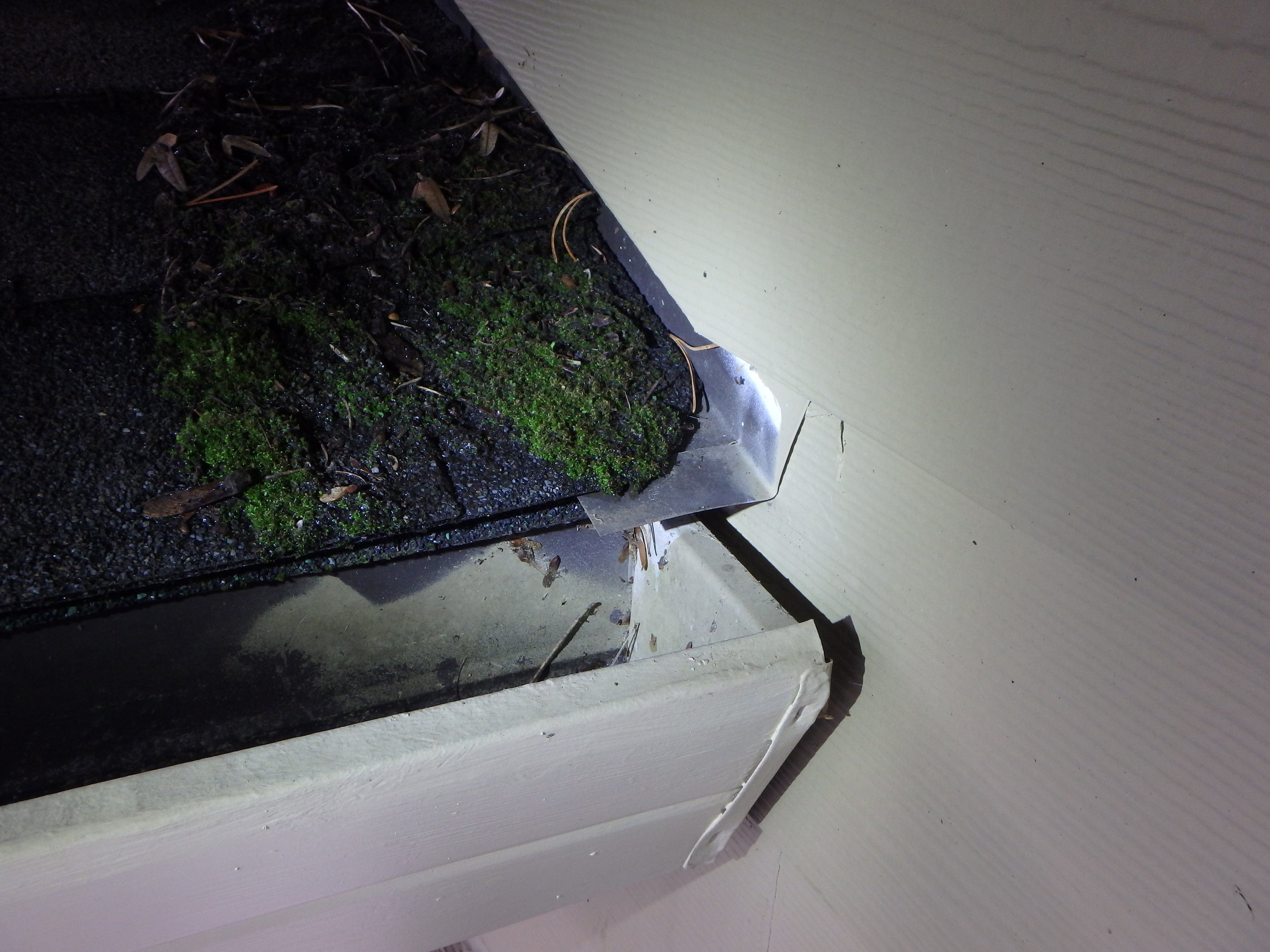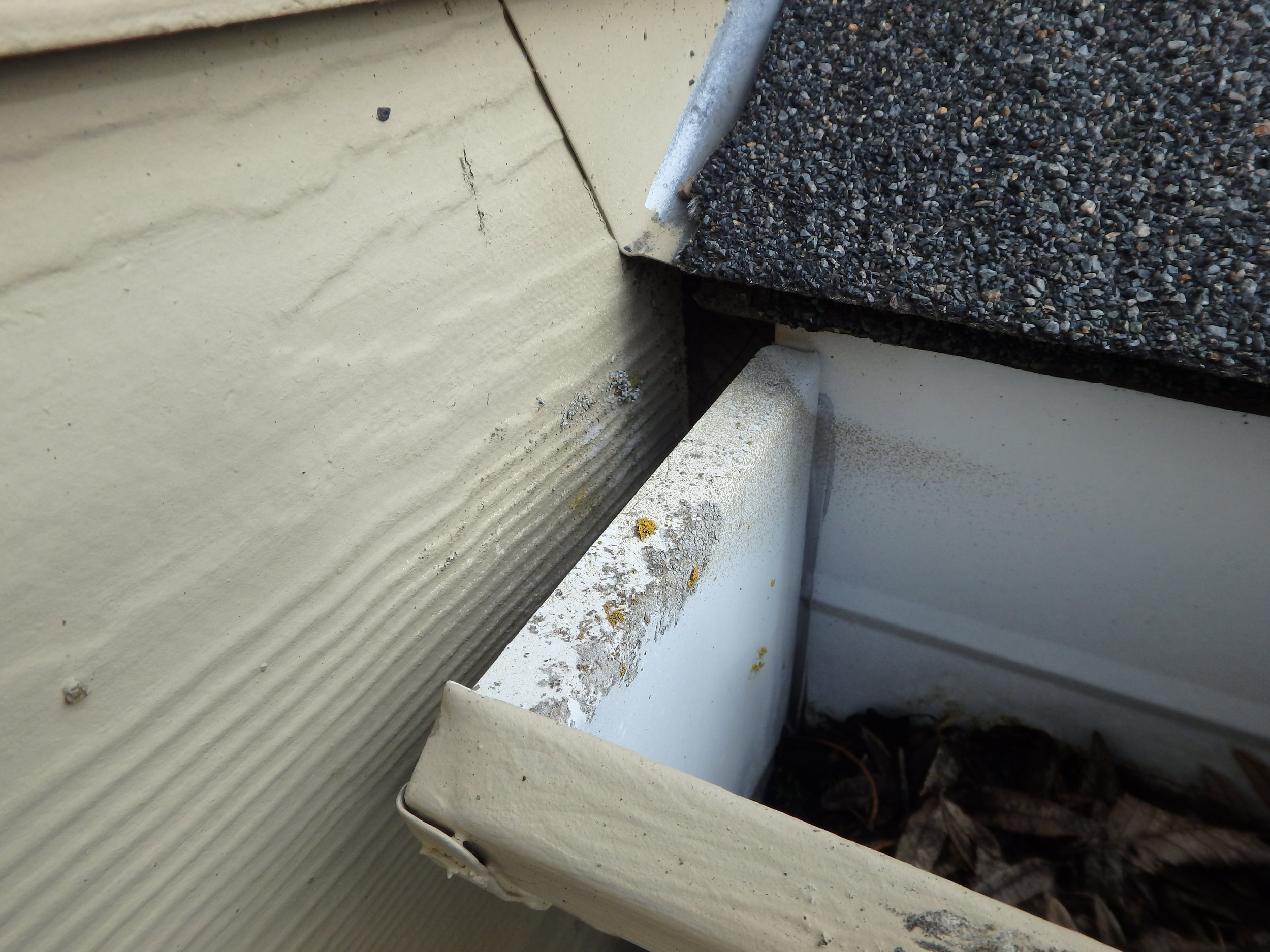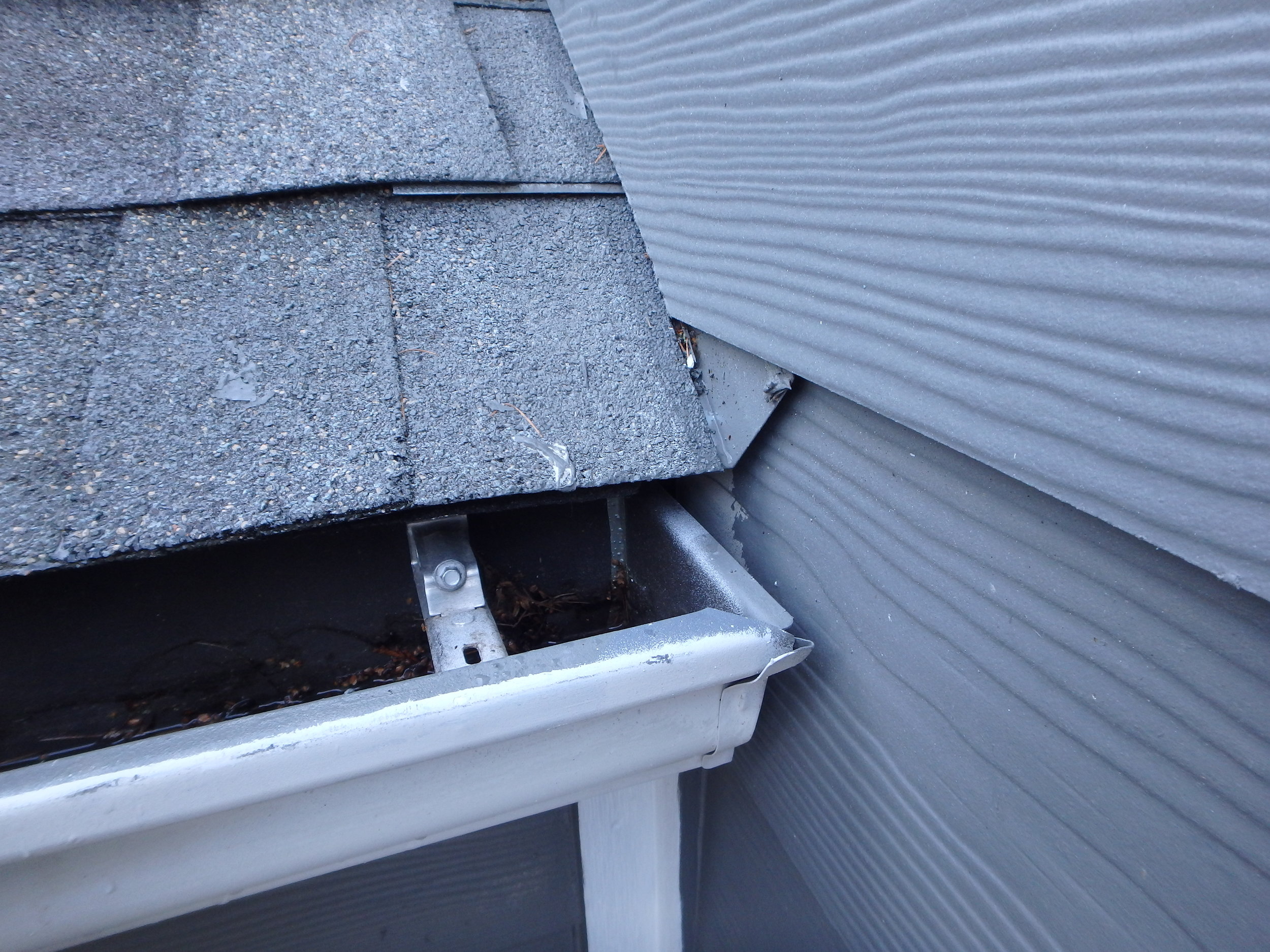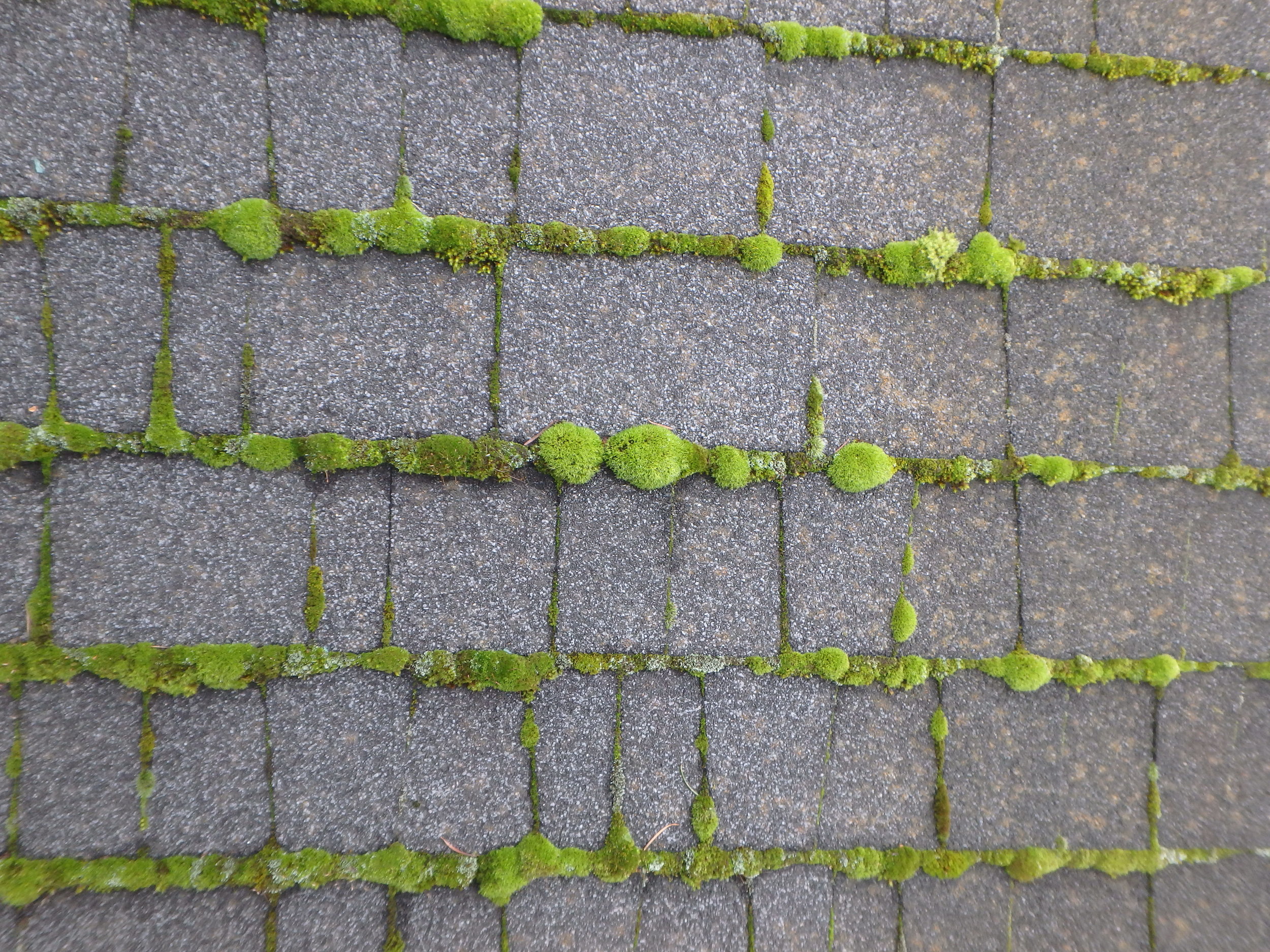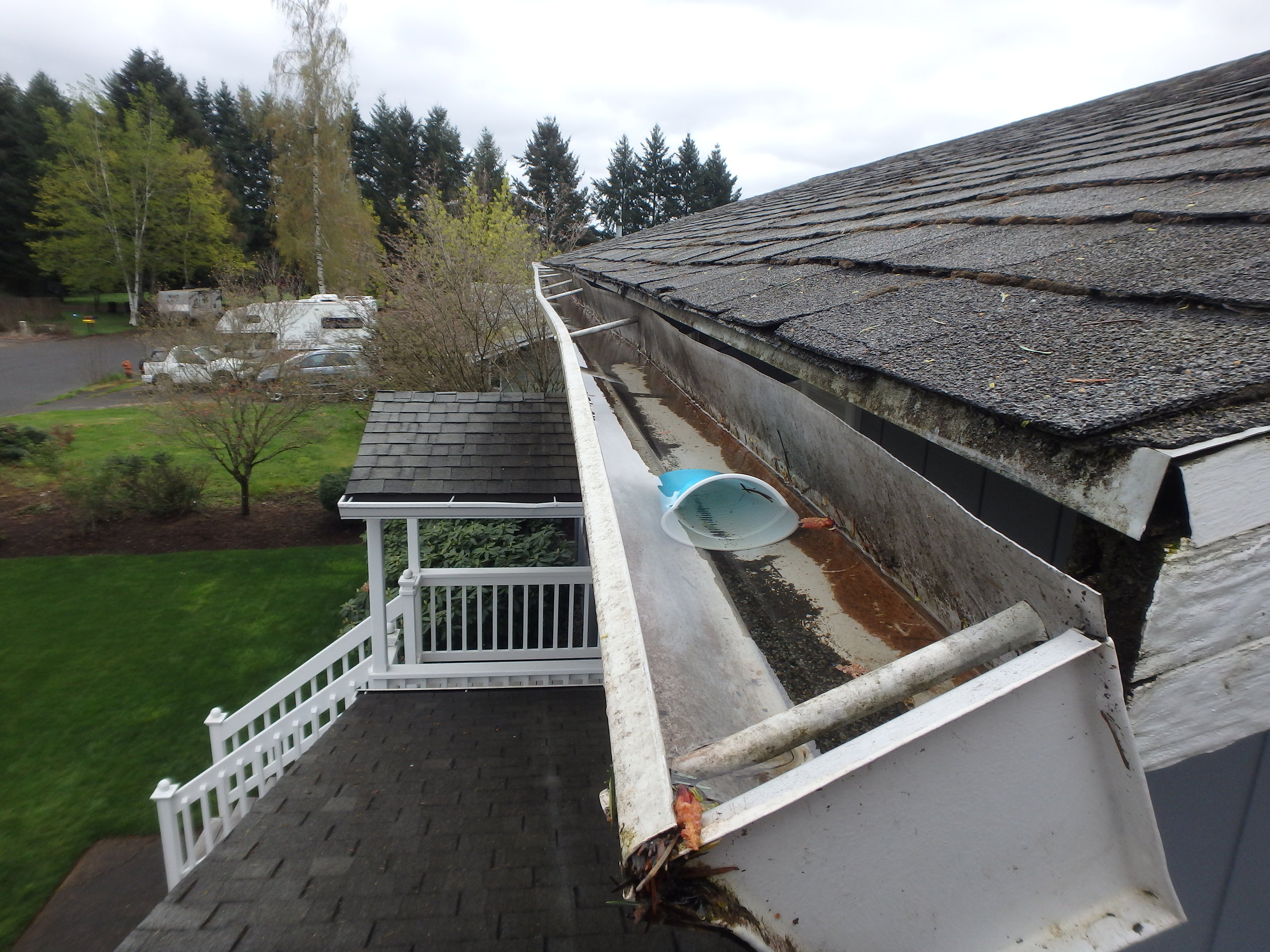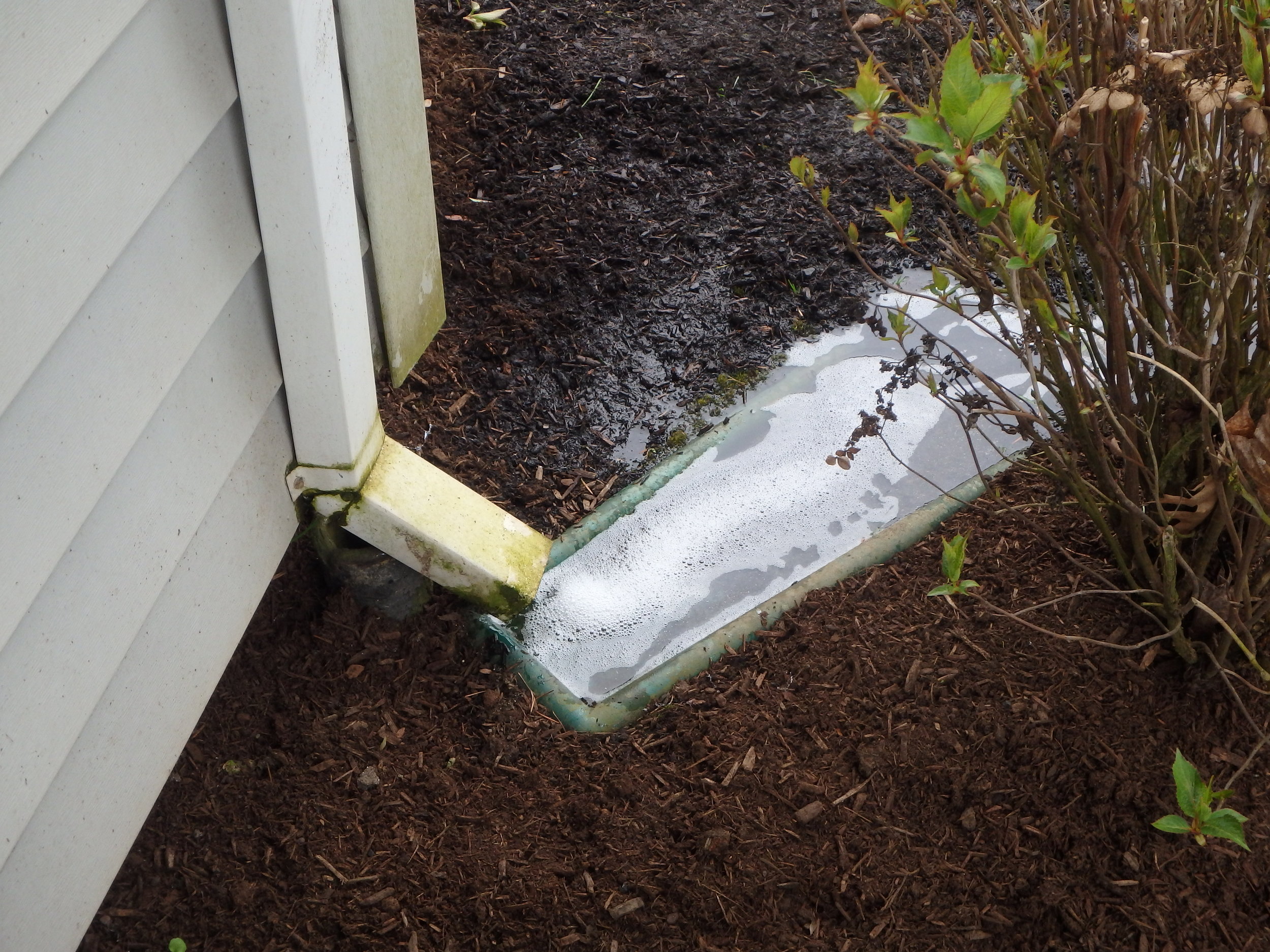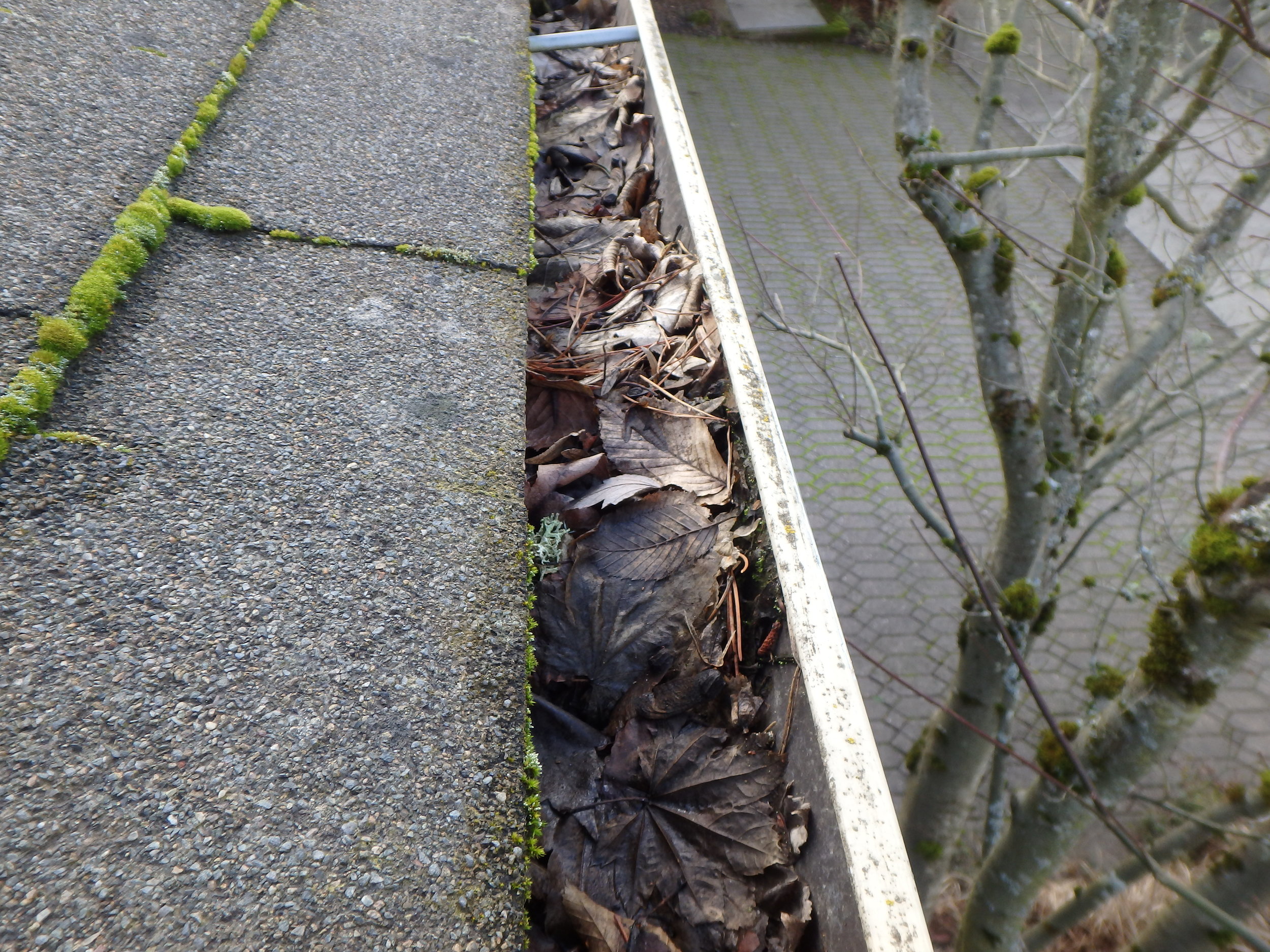Roofing Defects
Moisture issues are some of the largest concerns when inspecting a house; water getting into areas where it should not be is always an immediate concern. Defects on the roof, though common, can lead to significant issues quickly. Left unattended, even small deficiencies can lead to mold growth in the attic, rot in framing, and water damage to interior finishes. Below is a list of commonly cited roofing flaws found during a home inspection.
Plumbing Vent Flaws
Plumbing vents are typically ABS, PVC, galvanized steel, or cast iron pipes that pass through the roof and allow sewer gases to vent and prevent siphoning of water from plumbing traps. Failure at the flashing around these penetrations is very common. The central rubber collar tends to crack over the years, and sealants and tapes offer a temporary fix at best. The only true fix is replacing the flashing to ensure a water tight seal. Any voids around the pipe will likely lead to water in attic and ceiling.
Exposed Fasteners
Fasteners used to secure roofing and flashing pieces should always be concealed. Any fasteners not covered by the roofing above should be sealed over with a high quality exterior grade sealant to prevent water entry into the roof framing.
Damaged and Worn Roofing
Most asphalt roofing has a lifespan of 15-30 years, depending on the quality and thickness of the material. Asphalt shingles degrade over the years due to UV light, weather exposure and foot traffic. Wind can tear poorly secured shingles off of the roof. It is also common to find shingles damaged due to hasty installation or impact. Asphalt shingles are more prone to damage during installation or foot traffic on very hot or cold days.
Missing Kick Out Flashing
When a gutter terminates at an exterior wall, kick out flashing should be installed to push rain shedding down from the roof away from the wall and into the gutter. Without kick out flashing, a concentrated stream of rainwater can miss the gutter, flowing down the exterior wall and increasing the likelihood of water damage.
Moss on the roof
Moss on asphalt shingles retains moisture and can displace roofing tabs as it grows. It must be removed carefully in order to avoid damaging the roofing. Moss should be killed and removed using a brush or low pressure wash.
Gutter & Downspout issues
Gutters and downspouts are central to containing and disposing of rain water shedding from the roof system. There are several common issues with gutters and downspouts; gutters sloped away from the downspout will retain water, old gutters corrode and fill with plant debris and will eventually leak, and many downspouts empty near foundations.
